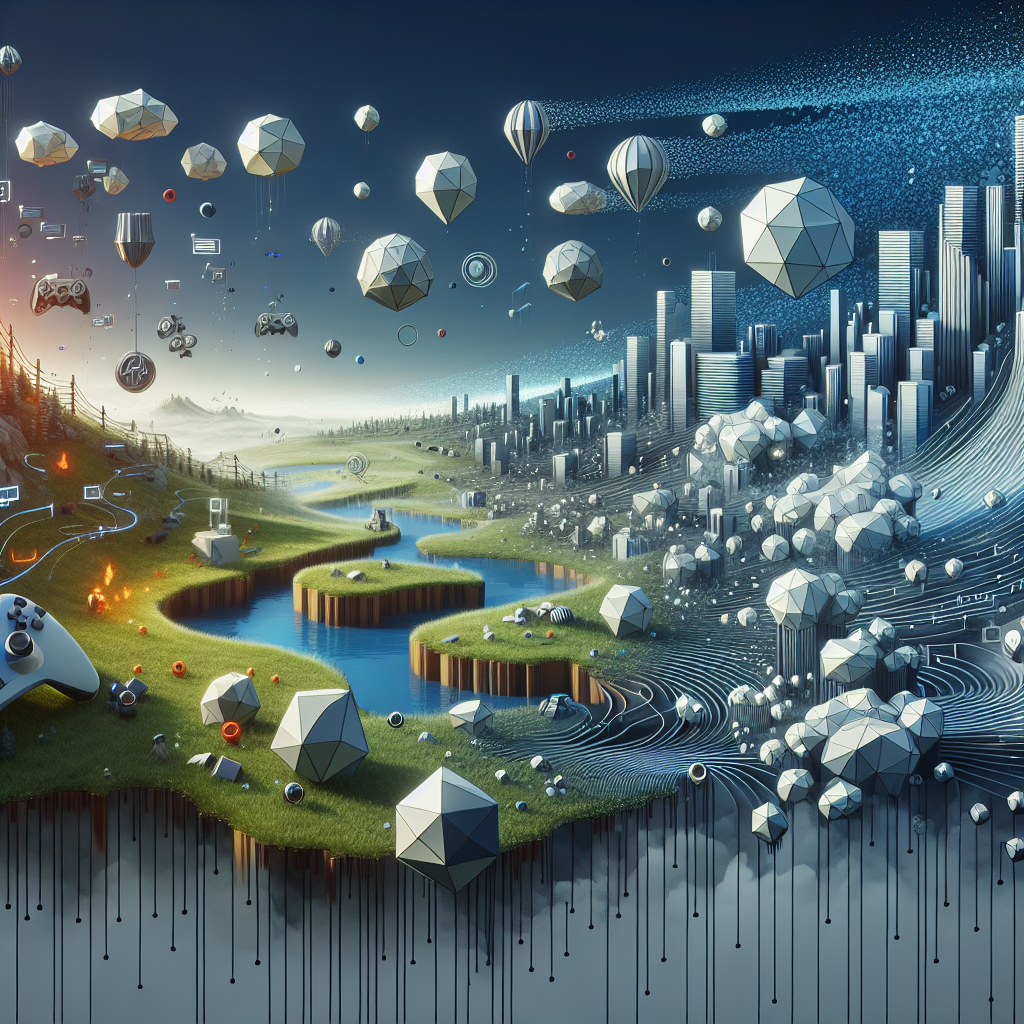The entire digital world has seen significant growth over the past few decades. Among the various digital industries, the video gaming sector has grown the fastest. The exponential growth of the video game industry has not only been in terms of revenue but also in the technical advancements and innovative approaches being used in video game design.
Video Game Design Evolution
From the basic Pong and Space Invaders to the virtual reality experiences of today, video game design has always been a continuous cycle of evolution and innovation. Game designers continuously experiment with new technology to improve players’ experiences, making gaming not just a form of entertainment but also a strong medium of storytelling.
These days, beyond just making a game entertaining, game designers focus on creating unique experiences that are aesthetically pleasing, intellectually stimulating, and emotionally engaging.
Innovation in Video Game Design
Modern game design has witnessed various innovative approaches. From creating games that offer a mix of reality and fantasy with Augmented Reality (AR) and Virtual Reality (VR) to advancement in procedural generation, game design is consistently pushing boundaries.
Augmented and Virtual Reality
AR and VR are two of the most innovative technologies being used in video game design today. They create hyper-realistic environments that transport players into an entirely different world. Pokemon Go is one prime example of how AR has been used to bring about a completely new paradigm shift in the way we experience video games.
Procedural Generation
This approach in game design creates a game environment dynamically rather than manually designing the entire game world. It uses algorithms and mathematical equations to generate objects in the game world automatically. No Man’s Sky is an example of a game that greatly utilizes procedural generation, with an almost infinite number of planets generated for players to explore.
Affective Computing
Another area game designers are exploring is affective computing. This field of study uses technology to detect and interpret human emotions. Incorporating emotional intelligence into video games would revolutionize how we interact with characters and environments within video games, ultimately leading to more immersive and real-life gaming experiences.
Conclusion
The world of video game design is an exciting, ever-changing spectrum that continues to push the boundaries of what can be achieved in a digital interactive medium. With innovative approaches like AR/VR, procedural generation, and affective computing, video game design offers engaging and immersive experiences. The future holds even more potential for innovation, as game designers continuously experiment and integrate new technologies, aiming for more than just entertainment but also looking to provide the players with unique and moving experiences.
FAQs
1. What exactly is video game design?
Video game design is a multidisciplinary field that covers the creative aspects of conceptualizing, designing, and developing video games. It involves crafting characters, storylines, art and animation, and world environments.
2. How is AR and VR used in video games?
AR and VR are technologies used to create more immersive gaming experiences. AR overlays digital elements onto the real world, while VR creates a completely immersive, 3-dimensional digital environment for the player.
3. What is procedural generation in video game design?
Procedural generation is a design method that uses algorithms to automatically create content. This approach allows for a vast amount of content without requiring the developers to create each separate piece manually.
4. What is affective computing in video game design?
Affective computing is the study and implementation of systems and devices that can recognize, interpret, and simulate human emotions. In video game design, it involves making games more interactive and immersive by detecting and responding to the player’s emotions.
5. What is the future of video game design?
The future of video game design lies in the further integration and exploration of technologically advanced methods like AI, AR/VR, and procedural generation. Besides, the industry is also expected to increase its focus on designing more emotionally engaging and intellectually stimulating experiences.

